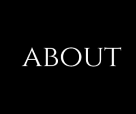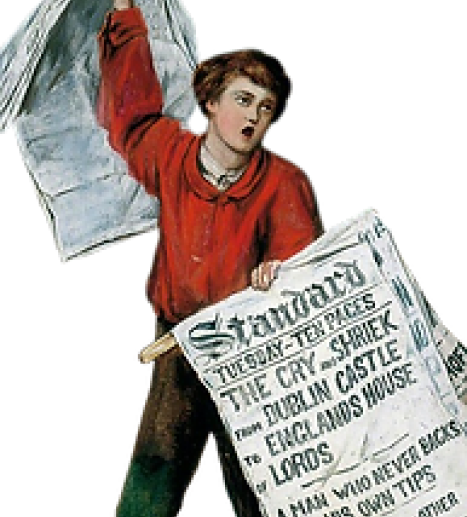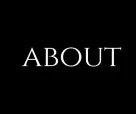France has a deeply chequered past; characterised by bloody battles of rebellion and uprisings. Having moved past these barbaric and rudimentary forms of protest, France has not completely forsaken their rebellious inclinations and a golden thread of revolution runs throughout the country’s history. Modern protest movements are relied upon heavily to enact social change, such as the ‘Gilet Jaune’ protests– driven by the planned rise in tax on diesel and petrol, which continue to allude to the unfinished business of the French Revolution.Most recently, the theft of £76 million worth of jewels from the Louvre, a national museum, is indicative of unrest within French society and the continued struggle between the French people and their reigning establishments.
The French Revolution was predicated upon the idealised notion of establishing and subsequently entrenching state power within the constitution. Tired of the hierarchical and unequal nature of contemporary society, the Third Estate – representing the ‘commoners’ – rebelled against the absolute power of the First and Second Estates (which represented the nobility and the clergy respectively). They wished to establish a powerful, constitutional state that ensured that their society became more equitable. In doing so they wished to prevent acts like the hoarding of grain by Marie Antoinette at the Palace of Versailles. Since then, France officially adopted ‘Liberté, Égalité, Fraternité’ (Liberty, Equality, Fraternity) as their national motto under the Third Republic in 1880. This revolutionary triad represents everything that the Third Estate fought brutally and relentlessly to achieve. It acknowledges firstly, France’s commitment to ensuring everyone’s right to live freely. Secondly, the principle that everyone, across society, is treated equally within the parameters of the law and lastly that the foundations of their society have been built upon mutual respect and solidarity between its members.
The ”theft of the decade”, as it has been referred to as by Art Detective, Arthur Brand marks the most recent contemporary evidence of France’s Revolutionary spirit. The crime itself almost requires a suspension of disbelief it was so surreal. On the morning of October 19th, 2025, a truck-mounted furniture lift allowed two thieves, with the other two remaining on the street, to ascend to the Apollo Gallery in the Louvre where the French Crown Jewels and the ‘Royal Collection of Hardstone Vessels’ are housed. Once inside a disc cutter was used to break into display cases where ultimately £76 million worth of jewels were stolen. Ironically, included in this were a pair of earrings and a necklace belonging to Empress Marie-Louise, the second wife of Napoleon I. This is in fact the same Napoleon Bonaparte who was made First Consul of France in 1799, replacing the monarch and becoming the figure-head for the nation post-revolution. The entire heist – from entry to exit took less than eight minutes, with the two thieves seizing their eye-wateringly valuable loot before all four accomplices fled the scene of the crime on electric scooters.
The brazen act of civil disobedience was perpetrated in part by a 38-year-old and 37-year-old couple, with children. The pair “hail from Seine-Saint-Denis, a department north of Paris – which is one of the poorest in France”. The socio-economic background of the couple is hugely important; in modern terms the couple belongs to the equivalent of the Third Estate. Living on the periphery of the prosperity of Paris yet in complete poverty drove the couple to risk everything. The similarities between the past and the present don’t stop there; the choice of target – the Louvre, adds another hugely complex layer of symbolism to the heist and is a further indicator of the unfinished nature of the French Revolution.
The museum, once a former royal palace, is a globally recognised emblem of French power, wealth and hierarchy. The act of theft inverted the accepted hierarchy of society, taking what had been considered untouchable and not theirs for the taking. France, in adopting ‘Liberté, Égalité, Fraternité’ as their national motto attempted to codify liberty and equality into their laws, but the heist served to highlight the dissonance between the central tenets of the Revolution and the lived reality of the current socio-economic disparity.
The Louvre Heist is more than a sensational, head-line grabbing crime; it is, symbolically, an act of stealing liberty. The jewels reserved initially for the nobility but now confined to the archaic halls of the Louvre do little to improve the lives of ordinary French citizens. The Revolution in this regard has been unsuccessful in securing the ‘Liberté, Égalité, Fraternité’of all of its constituents. The crime therefore can serve as a reminder – a contemporary mirror – to the revolutionary struggles of the past. Just as the storming of the Bastille in 1789 symbolised both outrage and aspiration at and for the condition of society at the time, the theft of the crown jewels reflects a continuing, if unsettling, dialogue between citizens and the state about the unequal nature of society – that began over two centuries ago and remains unresolved.





















